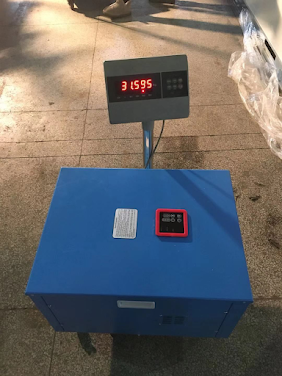Steps for changing your brake pads
Remove the wheel Loosen the lug nuts on the wheel. Then jack up the car and place a jack stand under the car's frame. Lower the floor jack so its weight rests on the jack stand. Fully remove the lug nuts and remove the wheel. You now have access to the brake assembly and can safely reach under the car. Remove the slider bolt Find the two slider bolts (sometimes called "pins") that hold the caliper in place. On this car, a 2009 Ford Flex, the bolts are on the inside. The arrows in the photograph above point them out. It's generally only necessary to remove the lower bolt. It can be long but once it is fully loosened, it will slide out easily. Pivot the brake caliper up With the bottom bolt removed, the brake caliper pivots up, as shown in the photograph above. The rubber hose, which is the hydraulic line, will flex to allow this so do not disconnect any hydraulic brake lines. If you think you have to disconnect a brake line, you're doing something wrong. Reas...
